If old Louis XIV, the ‘Divine King of Kings’, lurking in his lavish Palace of Versailles, could think of a way for his subjects to grow citrus trees by rolling them out on wheels on sunny days and tucking them away at night when frost was imminent, then you can too! In cold areas it is all about planning and keeping the cold away from these subtropical fruit trees by growing them in containers that can be moved away from the danger of frost. Gardeners in hot places can simply plant them in the garden.
Plant position
Two of the most important requirements for growing citrus are full sun and soil that drains well. If there is a problem with the latter (like heavy clay soil) it is a better idea to plant citrus trees in a raised bed to which commercial potting soil and coarse compost have been added, or in a large pot filled with quality potting soil. Always plant a young citrus tree to the same depth as it has grown in its nursery bag – never deeper or shallower. Prepare the planting hole well with lots of compost and a large handful of bonemeal.
Water this way
Citrus trees are not water guzzlers and deep watering once a week in summer and every two weeks in winter is ample for established trees. Young trees and those growing in containers will need a bit more water, depending on weather conditions. Potted trees can be allowed to dry out a bit before watering, but should not remain dry for prolonged periods. The biggest sin is to give them a little water every day – their leaves will soon start yellowing and falling off, which can be a sign of root rot.
Take care to water citrus trees well when they are in blossom and the fruit is starting to form. Reduce watering when the fruit starts swelling and changing colour. A little drought stress at this stage betters the sugar quality and juiciness of the fruit.
Is pruning necessary?
Citrus trees, unlike deciduous fruit trees, do not require vigorous pruning. Pruning is only necessary to shape and neaten the tree into an attractive specimen. That said, do remove branches and leaves showing signs of damage or insect infestation. Use secateurs to harvest fruit rather than plucking them of the tree.
Feeding
Feeding young, unestablished trees is not critical in the first year or two, but older trees sporting good growth are gross feeders. To ensure a great harvest of fruit, you have to fertilise at least four times per year – in July, September, January and April. Use a balanced granular fertiliser such as 3:1:5 or 8:1:5. Citrus trees growing in pots need additional fertilising apart from the above mentioned, and should be fed regularly in spring and summer with a water-soluble tonic like Trelmix, which contains all the micro-elements needed to keep the trees lush.
For more information on bringing life to your garden, visit the Life is a Garden website or join the conversation on their Facebook page.


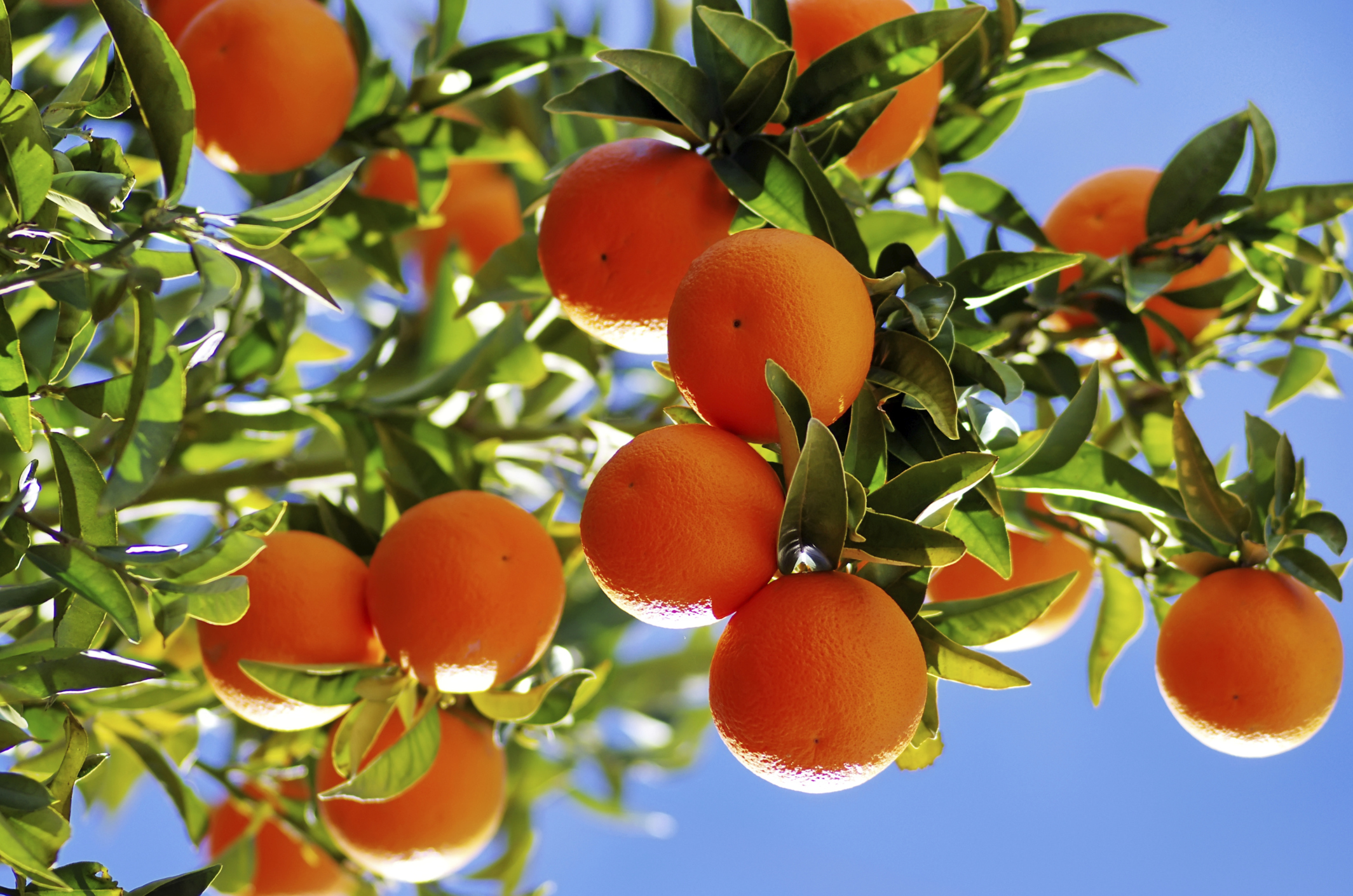


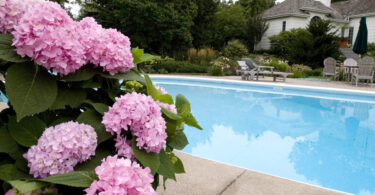
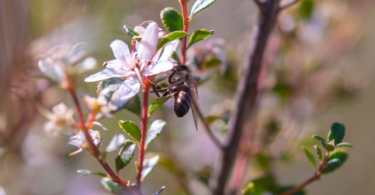
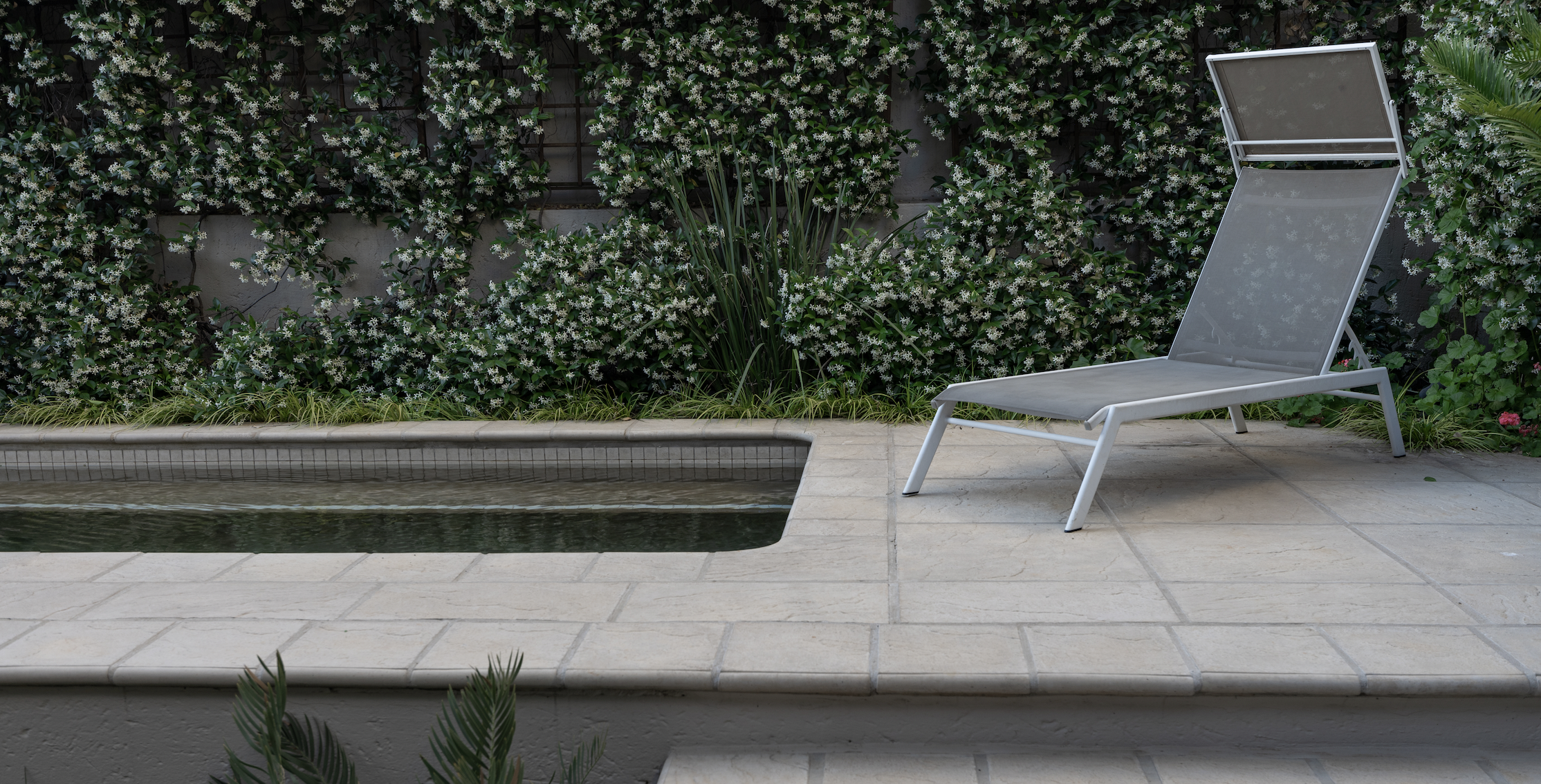

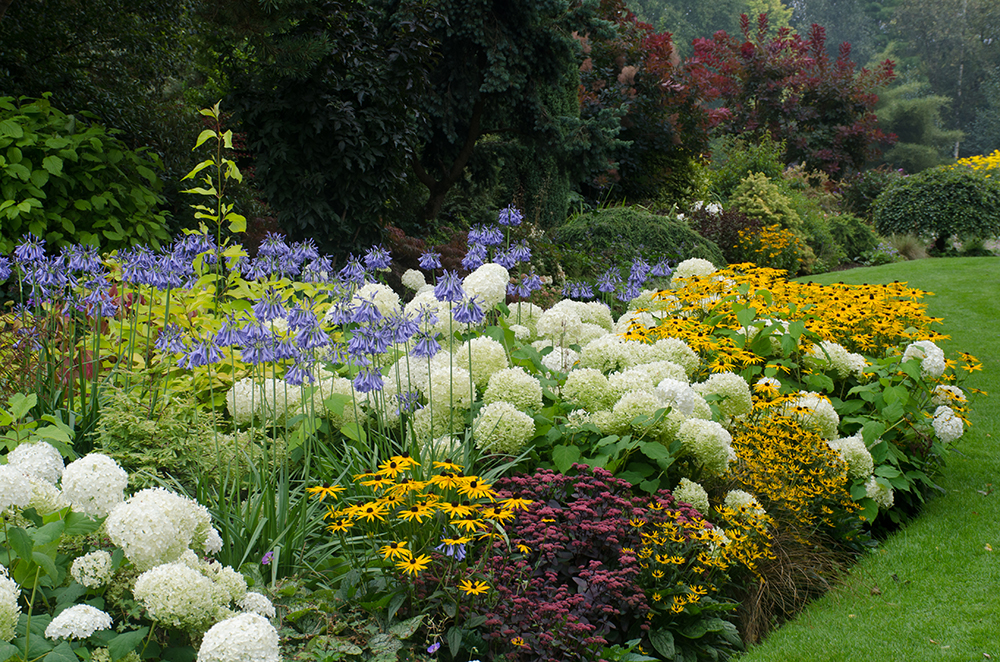
Leave a Comment